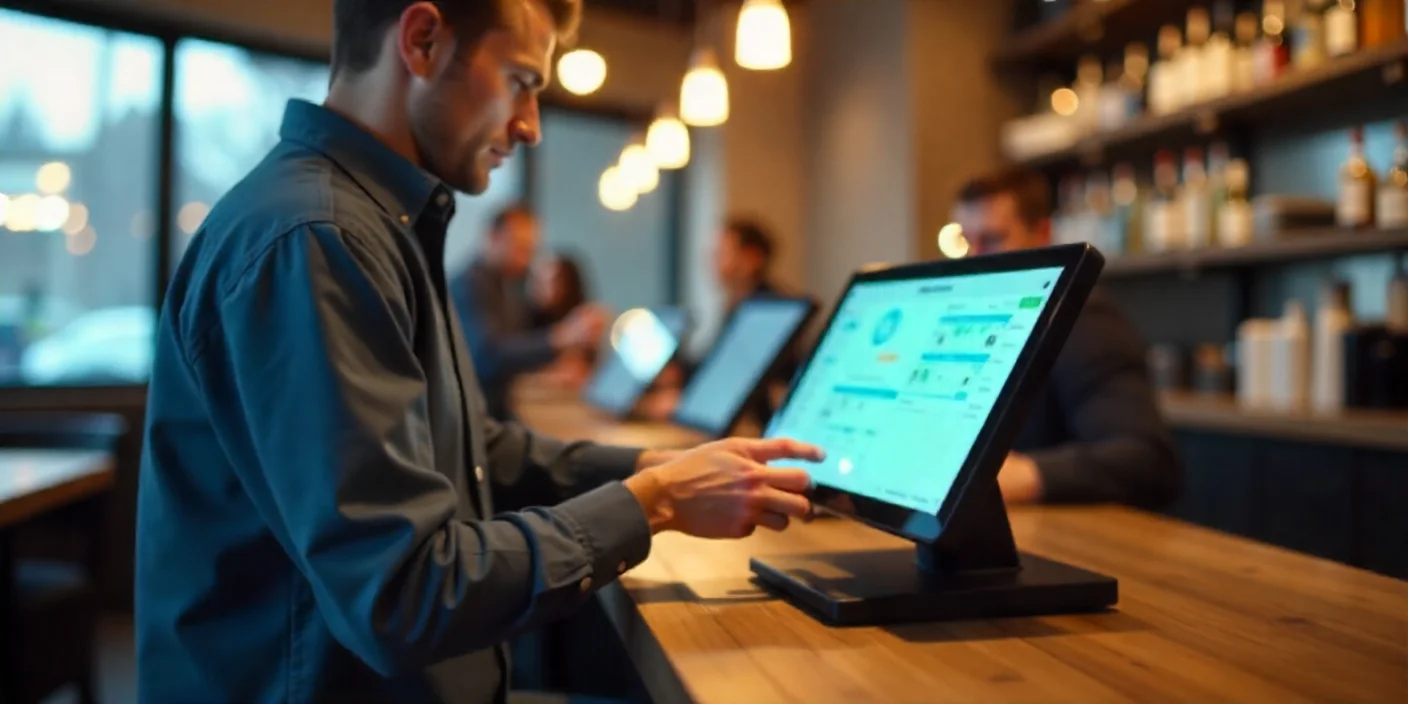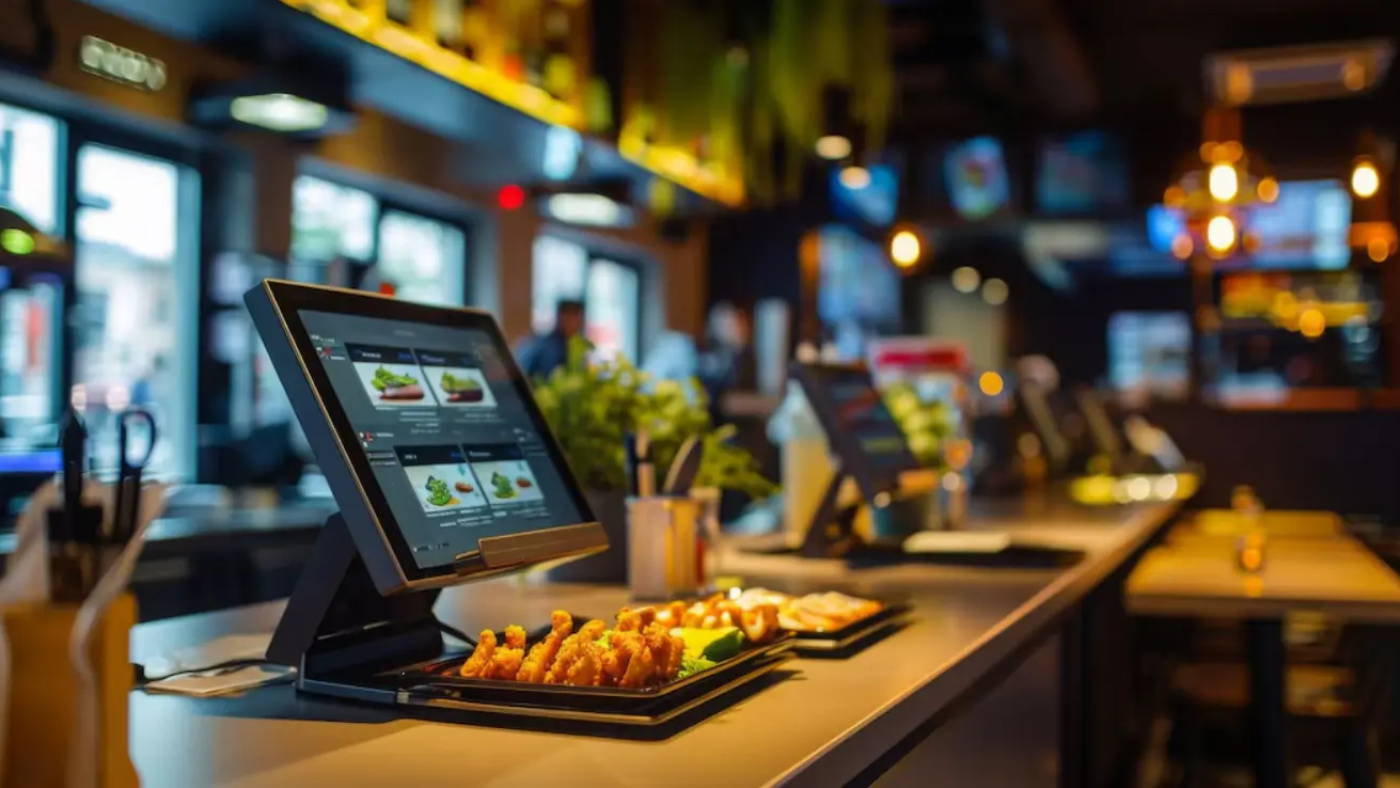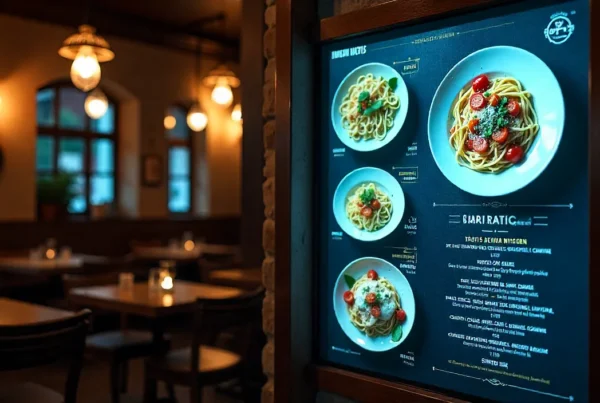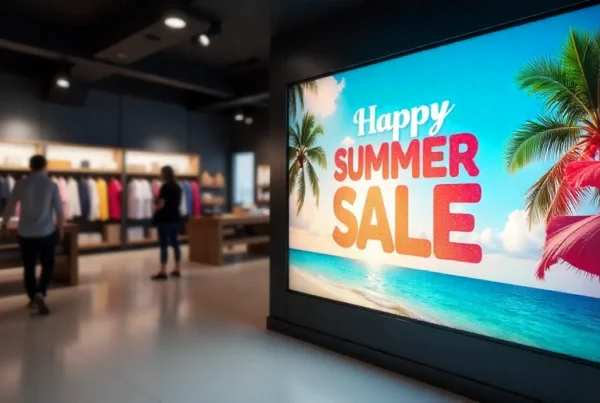Your POS is Your Silent Maître d’
It is a busy Friday night, and your kitchen runs out of the special because no one checked the inventory. A waitress loses time in splitting a large check manually and making mistakes. In the meantime, one of the guests becomes impatient due to the slowness of the payment system. Sound familiar?
This is because the POS system is still viewed by many restaurants as nothing other than an enhanced cash register. As a matter of fact, POS systems for restaurants must be your silent maître d’, kitchen expeditor, and financial controller. The correct platform maintains the flow of your dining room, eliminates inventory accidents, shortens waiting time, and improves profitability.
A modern POS does more than just process payments—it’s the strategic backbone of your restaurant. Discover the essential features your business needs in our free POS checklist.

Appetizer: Understanding the Modern Restaurant POS
So, what is a POS system for restaurants today? Consider it to be the central nervous system of your business. It links all departments—front, back, and management—into a single ecosystem.
Rather than large and old-fashioned terminals, most restaurants are currently dependent on iPad POS systems for restaurants that are mobile, which are user-friendly and extremely fast. Tableside order entry, home review reports, and real-time inventory data synchronization allow servers and managers to review and manage their business.
Lesson Learned: Modern POS systems aren’t just about processing payments—they’re about orchestrating the entire operation efficiently.
The Main Dish: Cloud vs. Traditional—A Kitchen Showdown
One of the first decisions when choosing a POS system is whether to go cloud-based or on-premise.
Cloud-Based POS (The Agile Line Cook)
Cloud systems have taken over as the norm in the industry. They enable the owner and managers to log in using any device, update the menus in real time, and scale up without much trouble as the business expands. They decrease the workload on IT and provide restaurants with more flexibility with automatic updates and minimal initial expenditures.
Did you know? Over 70% of restaurants have already shifted to cloud-based POS systems for restaurants for their flexibility and lower costs.
Traditional/On-Premise POS (The Classic Chef)
The legacy option is on-premise systems. They need huge initial payments in servers and licenses, and all information remains within the premises. Although they are still used by some businesses where strict compliance is a must, they are rigid, more difficult to grow, and expensive to maintain.
| Feature | Cloud-Based POS | Traditional/On-Premise POS |
| Upfront Cost | Low (subscription-based) | High (server, license fees) |
| Access | Anywhere (phone, tablet, laptop) | Only on-site |
| Updates | Automatic, included | Manual, often costly |
| Scalability | Easy to add screens/locations | Complex, expensive |
| Flexibility | Works with tablets/iPads | Tied to specific hardware |
| Best For | Most modern restaurants | Legacy setups |
The overwhelming trend? Restaurants are shifting to cloud-based POS systems for restaurants because they offer agility, scalability, and lower long-term costs.
The Bill: Unpacking the True Cost of a Restaurant POS
The cost of a POS system in restaurants is not only a monthly subscription. Investment has several strata that accumulate.
A small café in Chicago reduced monthly POS costs by 22% by switching from an on-premise system to a tablet-based SaaS model.
Hardware Costs (The Equipment)
Hardware is what you can see of your POS investment. It involves iPads or tablets, secure stands, receipt printers, cash drawers, and card readers. Small cafes can simply have two devices and a printer, whereas busy full-service restaurants can have up to a dozen terminals, kitchen printers, and rugged accessories. The initial spend will also depend on whether you lease or buy, depending on whether you lease or buy outright.
Software Subscription (The Monthly Fee)
The majority of the contemporary systems operate on the SaaS model. This implies that you will be paying a monthly fee per terminal or per location, which is usually between 69 and 150 or more. Subscriptions include basic support, updates, and even core software. Pricing varies depending on your provider, your feature requirements, and the scale of your operation.
Payment Processing Fees (Per Transaction)
With each swipe, dip, or tap of a card, you will pay a processing fee of between 2% and 3%. This is one of the biggest running expenses in the long term, and it is therefore important to compare providers. Some POS providers offer competitive in-house processing, while others integrate with third-party gateways.
Hidden Costs & Extras
Be aware of setup fees, onboarding and training fees, or increased levels of customer support. Premium services like advanced analytics, loyalty programs, or integrations with third parties might also entail extra expenses.
Pro Tip: While budgeting for your POS, consider how it connects to customer-facing tools. For example, Nento’s digital signage solutions integrate directly with POS data to upsell items, display real-time promotions, and maximize ROI.
Understanding the total cost is the first step to making a smart investment. Schedule a demo with our team to see how much you could save with a cloud-based system and calculate your potential ROI.

Pairing Menu: Matching the Best POS to Your Restaurant’s Palate
Each type of restaurant has its own requirements. The best POS system for restaurants is the one that suits your particular service model.
Full-Service Restaurants & Bars
These applications require powerful table management, check splitting, and bar tab functionalities. A POS must assist servers with complicated orders and multiple-course orders and simplify the flow of information between the bar and the kitchen. The POS systems for restaurants and bars also come with reservation systems and offer detailed manager reporting.
Pizza Restaurants
Pizza operators are faced with orders that are highly customizable with complicated delivery logistics. The best POS system for pizza restaurants is the one that can process toppings, half-and-half pies, and online orders with ease. The more developed systems also control areas of delivery, combine with web-based systems, and maintain order in the kitchen during rush times.
Quick Service Restaurants (QSRs)
Speed is the name of the game. The best POS system for quick service restaurants is the one that is integrated with a kitchen display system (KDS), mobile ordering, and loyalty programs. An effective QSR POS reduces the friction during checkout and keeps customers interested in the offers that make them come again.
Key takeaway: The best restaurant POS software isn’t one-size-fits-all—it’s the one tailored to your service model and daily workflow.
Dessert: The Future is Integrated—Your POS and Beyond
The current POS solutions are no longer single-purpose but rather part of a larger ecosystem. The most effective ones can be well incorporated with:
- Uber Eats and DoorDash delivery apps.
- Software to automate the bookkeeping.
- Billing tools to simplify guest management.
- Marketing tools to execute loyalty programs and target promotions.
And this is where the power comes in: with integration, you can have your POS automatically issue promotions on your dining room screens. Nento’s digital signage platform has direct links to POS data and therefore can:
- Point out daily specials as they occur.
- Be entertaining to customers and decrease wait time.
- Market products with high margins directly out of your menu.
Restaurants that integrate POS with customer-facing digital signage see an average 15–20% lift in upsell revenue.

Frequently Asked Questions (FAQ)
What is the best POS system for a small restaurant?
A cloud-based restaurant POS system is often the most appropriate, as it has clear pricing and scales to allow you to begin small and expand.
Are iPad-based POS systems reliable for high-volume bars?
Yes. New iPad POS systems in restaurants are designed to be fast and durable and can easily process hundreds of transactions per night.
How much does a typical POS system for a restaurant cost per month?
The average operator charges $69-150 and over, plus payment processing fees. The cost of a POS system for restaurants varies according to the scale and features.
Can I use my existing hardware with a new POS system?
Yes, often, particularly with cloud-based POS systems, which are compatible with popular tablets and printers, although you should always confirm compatibility.
What is the biggest advantage of a cloud-based POS system?
Remote access. Sales monitoring, menu updates, and inventory tracking are all possible, as well as from any location, which makes operations much more flexible.
Your Next Move
A modern POS system isn’t just about payments—it’s the strategic backbone of your restaurant. The right solution improves efficiency, enhances the guest experience, and increases profit margins.
Ready to see how the right technology partnership can transform your restaurant? While you’re evaluating the top restaurant POS systems, explore how Nento amplifies your investment by turning every screen into a marketing tool. Schedule a free demo with Nento today. and experience the power of integrated signage in action.





